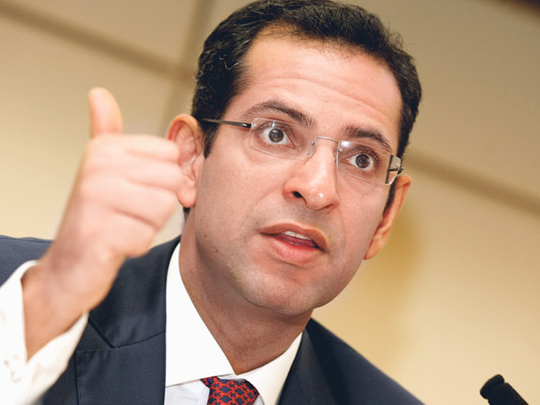
Dubai: High net worth individuals (HNWIs), including those in the Middle East, are increasingly looking outside their own borders when they make investment decisions, with property in the US topping the list, said Amir Sadr, Head of Middle East at Merrill Lynch Wealth Management.
"We're seeing the trend with our own client base. Risk aversion has increased substantially. It began in 2008 and gathered steam in 2009. Allocations to riskier assets decreased substantially," he said.
Apart from property, millionaires are in general in a "search for yield", Sadr said, and are looking more at fixed-income type assets.
HNWIs warily returned to markets in 2009 in a cautious pursuit of returns, according to the World Wealth Report.
Rich investors favoured predictable returns and cash flow, as evidenced by the rise in allocations to fixed-income instruments, to 31 per cent from 29 per cent. Equity holdings also rose, to 29 per cent from 25 per cent, as the world's stock markets recovered. Cash holdings declined slightly.
Investments in residential real estate regained some of their appeal in 2009 as HNWIs showed a preference for tangible assets and sought to capture some bargains as real estate prices slumped.
Of all real estate assets, the share dedicated to residential real estate rose to 48 per cent from 45 per cent as prices recovered across much of the globe. Commercial real estate holdings, however, dipped slightly to 27 per cent from 28 per cent as the sector experienced falling rental incomes, weak demand and increased supply.
The geographic distribution of HNWI assets also shifted in 2009 as HNWIs generally sought higher returns and greater geographic diversification in their portfolios. Overall, HNWIs in all regions except Latin America increased the relative share of holdings in markets outside their home regions in 2009.
This could be reflected by an increase in HNWI allocations to emerging markets as investments flowed to regions and markets expected to have the most growth in the coming years. This shift countered a widespread trend toward asset repatriation to home regions during the crisis.
By 2011, HNWIs are expected to further reduce investments in their home regions and look to those regions in which growth is expected to be more robust. While HNWIs from the mature economic regions of North America and Europe are expected to continue increasing their allocations to Asia-Pacific in search of higher returns, HNWIs in Europe are also likely to increase their North American holdings to inject stability into their portfolios.
"These asset allocation findings tell us that despite signs of recovery and growth, HNWIs' confidence was shaken by the financial crisis and they are taking a more balanced approach to investing and risk-taking, preferring more reliable and consistent returns," said Sadr.













